There is a pretty good chance that your first introduction to lens filters was an ultraviolet or UV filter. There is also a pretty good chance that you were sold it, not for any image enhancing capability but as protection for your lens. The merits of that have been discussed wide and afar including here on Light Stalking.
That UV filter would have been a screw-in type of filter, by far the most common but not the only type of filter we photographers have available to us. The other is the square filter system and today we are going to take a look at the pros and cons of both types of filter system.
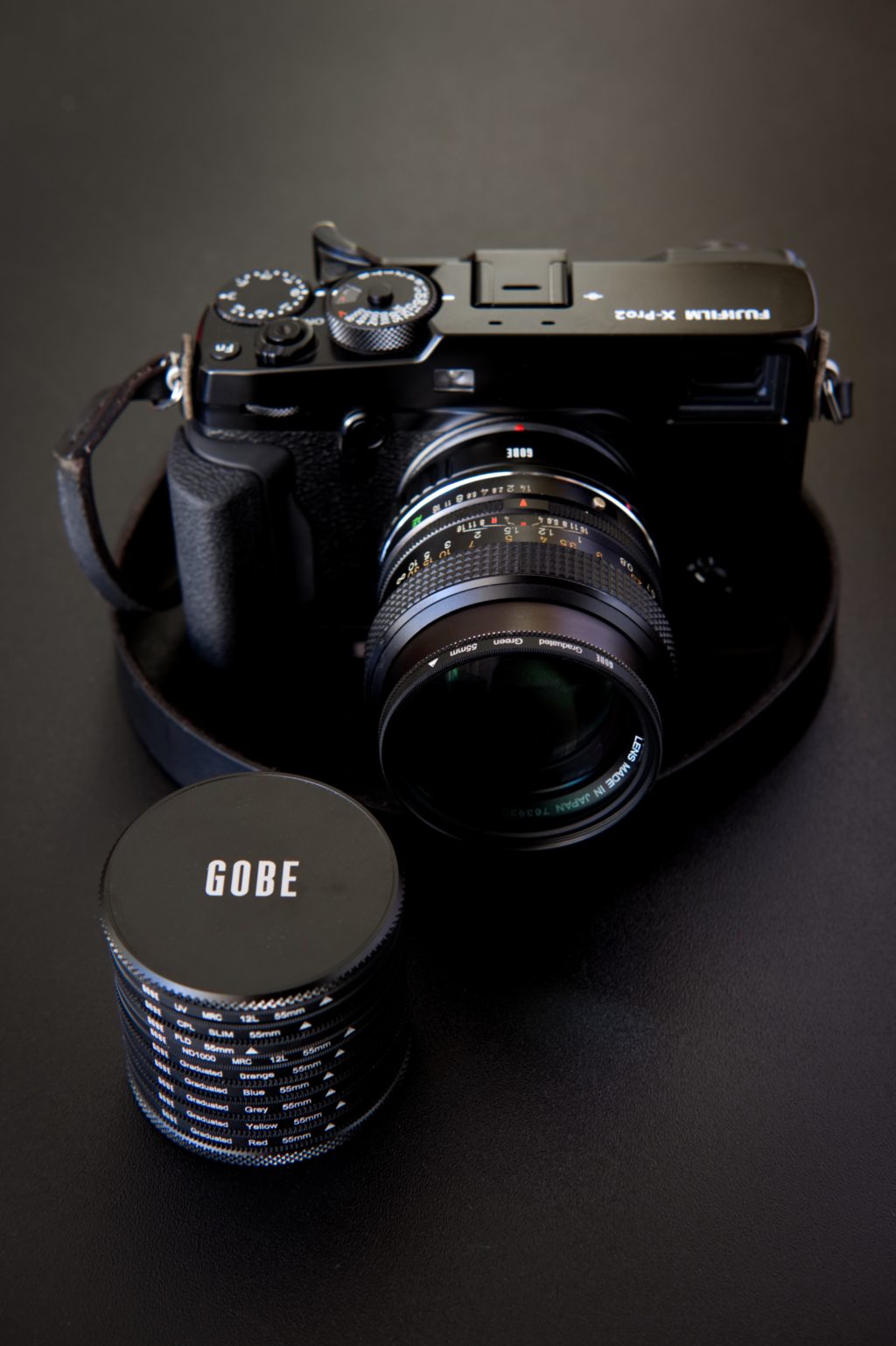
Why Use Filters At All?
Modern post production is amazing. We can change the look of an image beyond all recognition with a few sliders so why would we want to use filters? The fact is that there are some filters you just cannot imitate in post-production, for example, a polariser.
There are some filters techniques that just work better using physical filters rather than in post production, for example, graduated filters. Filters should be considered an important part of any photographer’s kit but should you choose screw-in or square filters? Let’s find out.
The Basics Of Screw-In Filters.
As should be obvious from the name, screw-in filters screw into the front of your lens. The vast majority of lenses have a screw thread on the inside of the lens barrel’s front end. The diameter of this screw thread varies from lens to lens, it can be as small as 33mm but can go up to 82mm or even beyond.
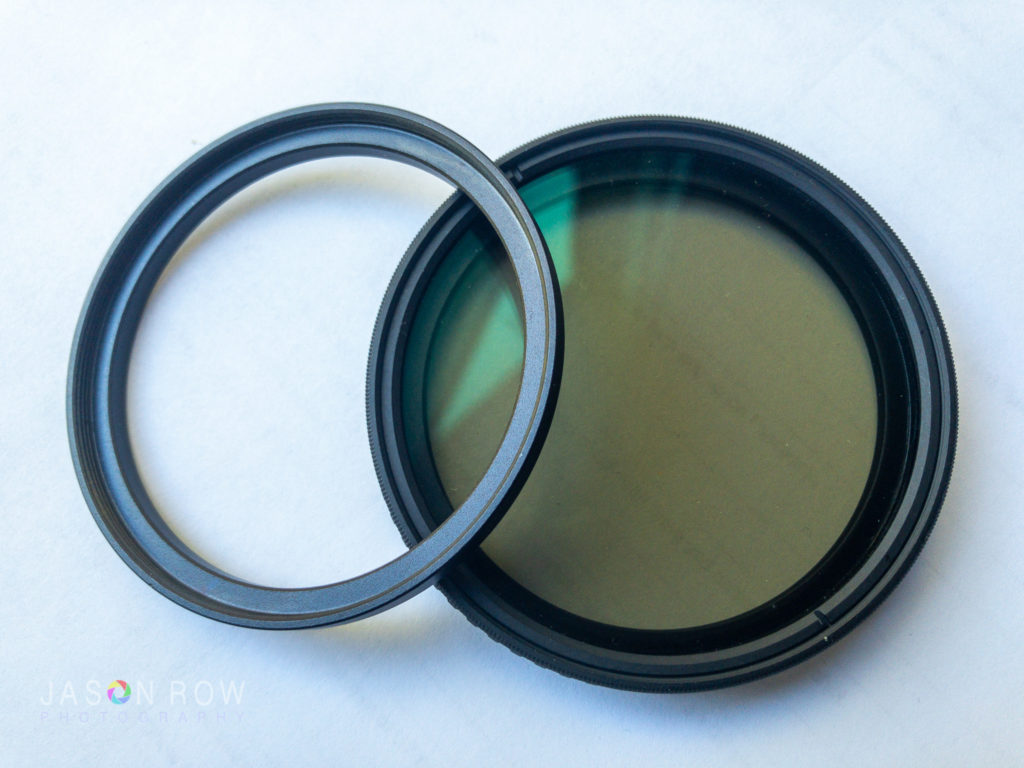
In most cases, the faster the lens, the bigger the front element is and hence the bigger the filter thread will be. There are some lenses that may not have a front filter thread. Most commonly these are the ultra wide lenses where the curvature of the front element pushes beyond the physical limit of the lens barrel. In these cases, there are often specialist adapters available to attach filters. Some lenses with extremely large front elements such as suer fast telephotos, may also not have a filter thread, in these cases, specialist filters are dropped into the rear of the lens.
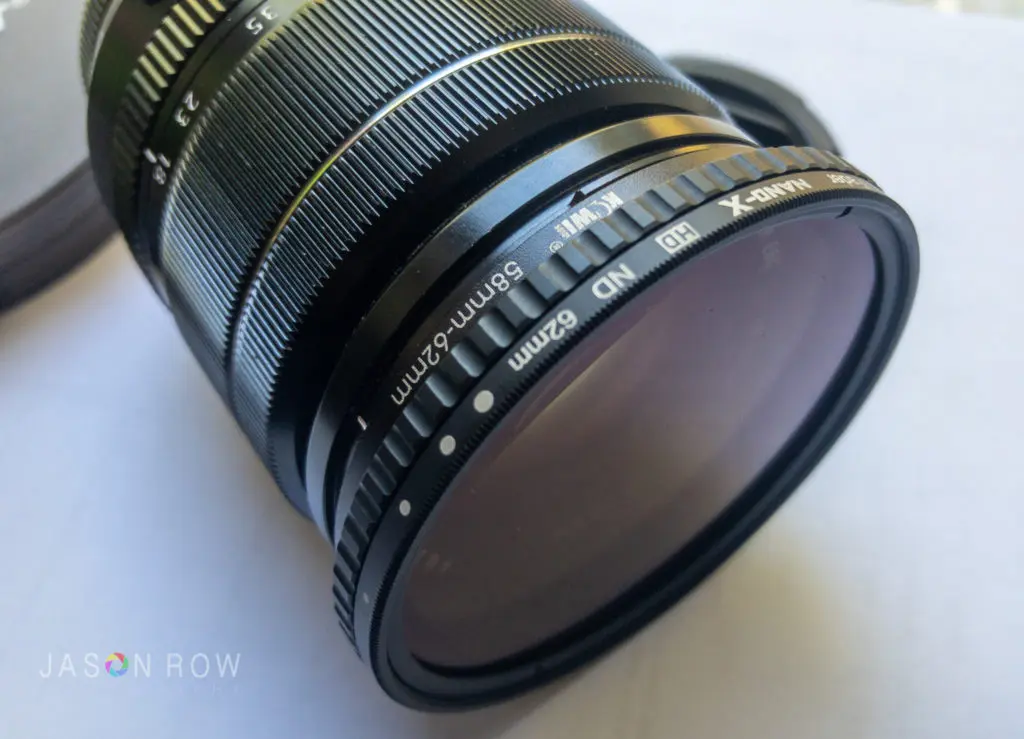
Most lenses will, however, have a filter thread and so will be perfectly suited to using screw-in type filters. There are some reasons why you might choose not to use them. More of that in a moment.
The Basics Of The Square System.
Like screw-in filter systems, square systems rely on the front screw thread of the lens. However, in this case, you screw an adapter in the lens filter then attach a square filter holder to the adapter.
The adapter consists of the filter screw thread on one side and a large round plate on the other. The filter holder slots into this plate and is locked using a screw thread. The filter holder itself will have slots for two or three square filters making it easy to stack your filters.
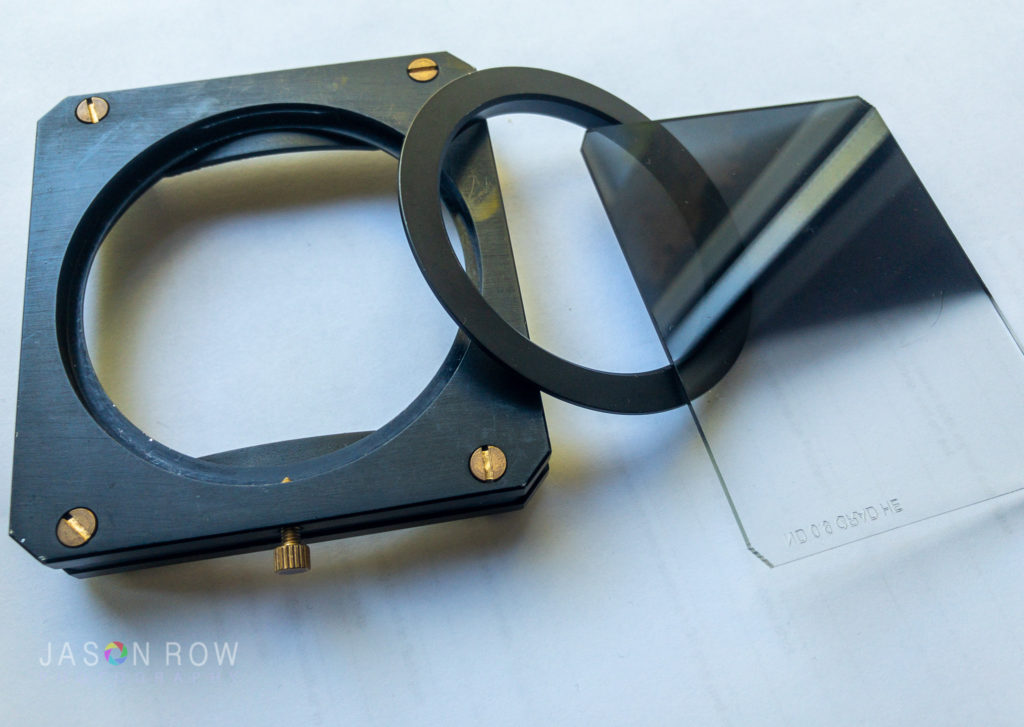
The square filters are usually made of acrylic or glass and simply drop into the filter holder. Most square filter manufacturers have two or more system sizes. A smaller system will cover M4/3 and APS-C mirrorless cameras whilst a larger one will cover APS-C and Full Frame DSLR cameras. It’s important to consider your future camera systems when buying into a square filter system. If you buy a smaller sized filter system, it will not cover the full width of the lens if you decide to upgrade to a larger sensor camera. However, the larger square systems will be fine on smaller compact cameras.
The Pros And Cons Of Each System
Starting with the screw-in filter system lets look at some of the advantages and disadvantages.
The Pros:
- Generally made of glass and are more scratch-resistant and durable than square filter systems.
- Can be used to create a protective seal between the lens and filter to prevent dust and other particles accumulating on the lens.
- Generally cheaper to buy than higher-end square filters.
The Cons:
- You will require different sized filters if you have lenses with different sized filter threads. As an alternative, you can use step down rings to adapt larger filters to smaller threads.
- Cheaper screw-in filters often have quite thick frames and this can cause vignetting in wider lenses.
- There are some types of filter that do not work well in as screw in filters.
Now let’s look at some of the advantages and disadvantages of the square filter systems,
The Pros:
- Can be easily adapted to multiple lenses with different filter threads.
- The larger footprint of a square filter means they are less likely to vignette, especially on wide angle lenses.
- Square filters are easily stacked to boost, for example, the effect of neutral density filters.
The Cons:
- Square systems can have an initial high cost when factoring in filters, holders and adapters.
- It’s easy to lose parts of the system such as thumbscrews that lock the holder to the adapter.
- They can be bulky, especially with protective cases for your filters.
- They do not seal the lens and provide any type of protection.
Unique Filters In Each System
There are certain types of filter that work best in each system. For example, polarisers and variable neutral density filters work best as screw-in types. This is because to get the right effect, you need to rotate one element of the filter.
Graduated neutral density filters on the other hand are better suited to the square system. This is because they are most often fitted with the graduation at the top and it is easier to do this with a square system.
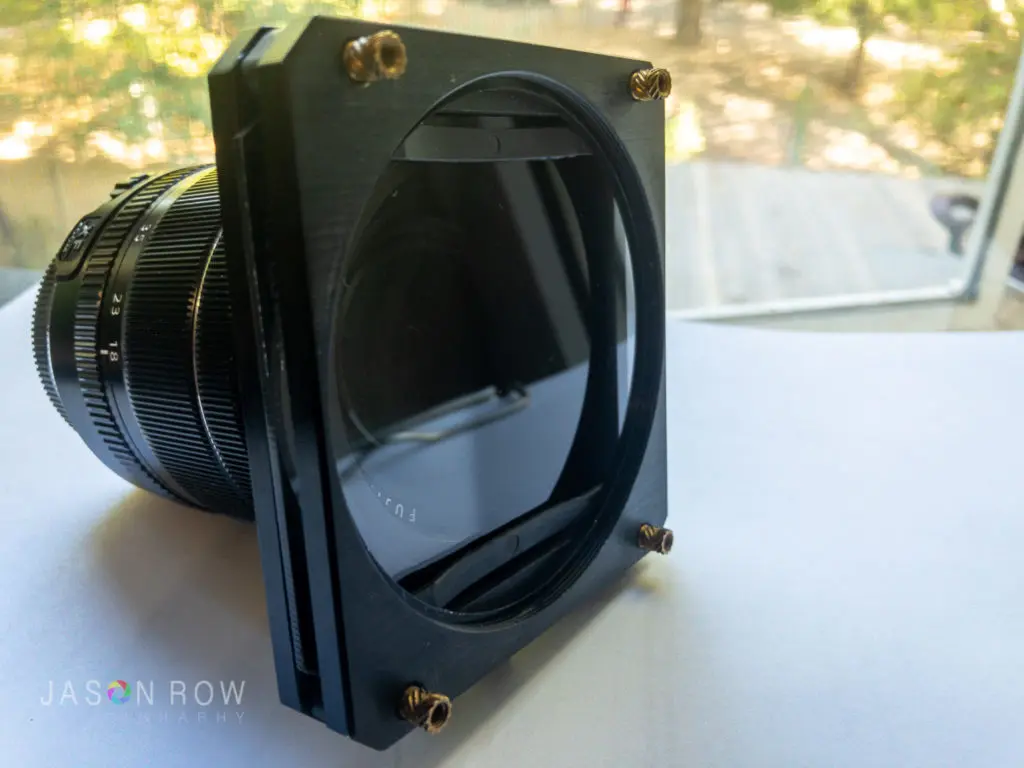
Most square filter systems will have an adapter to allow large screw thread filters to be attached. For example, my Formatt Hitech system has a version of its filter holder that holds one square filter at the rear and a 77mm filter thread on the front for polarisers or variable NDs.
Which One Should You Choose?
There is no definitive answer to this question. However, if your system only contains a couple of lenses and you don’t plan to expand this, then screw-in filters will be the best way to go.
If you have a large range of diverse lenses or like using graduated filters then a square system will be better suited. Overall a square system will give you a wider range of options to a screw-in system but at a price premium.



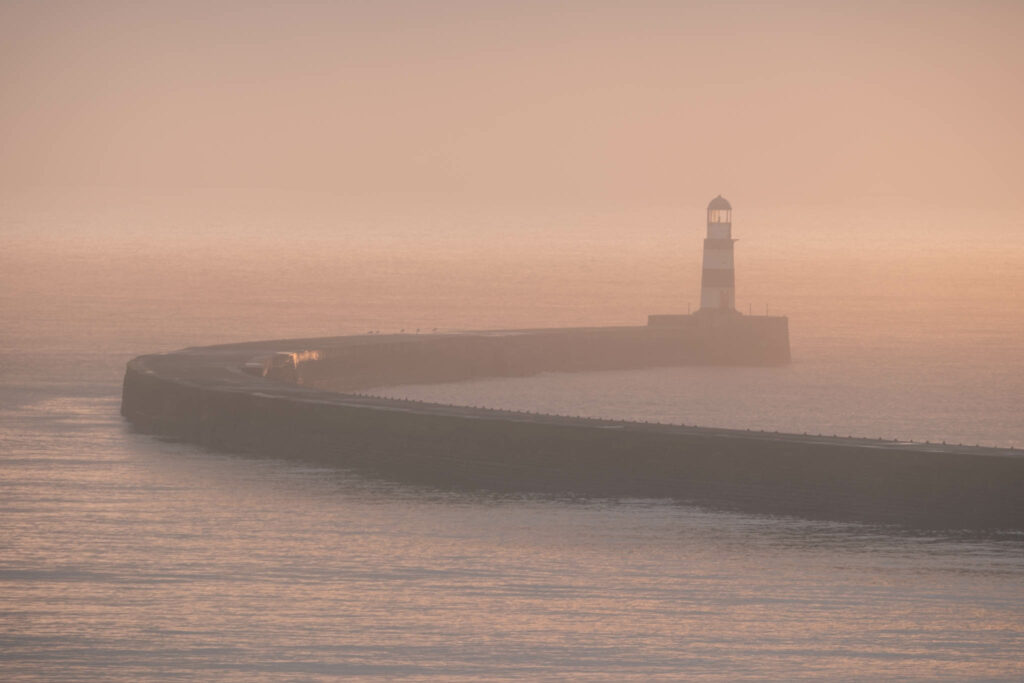
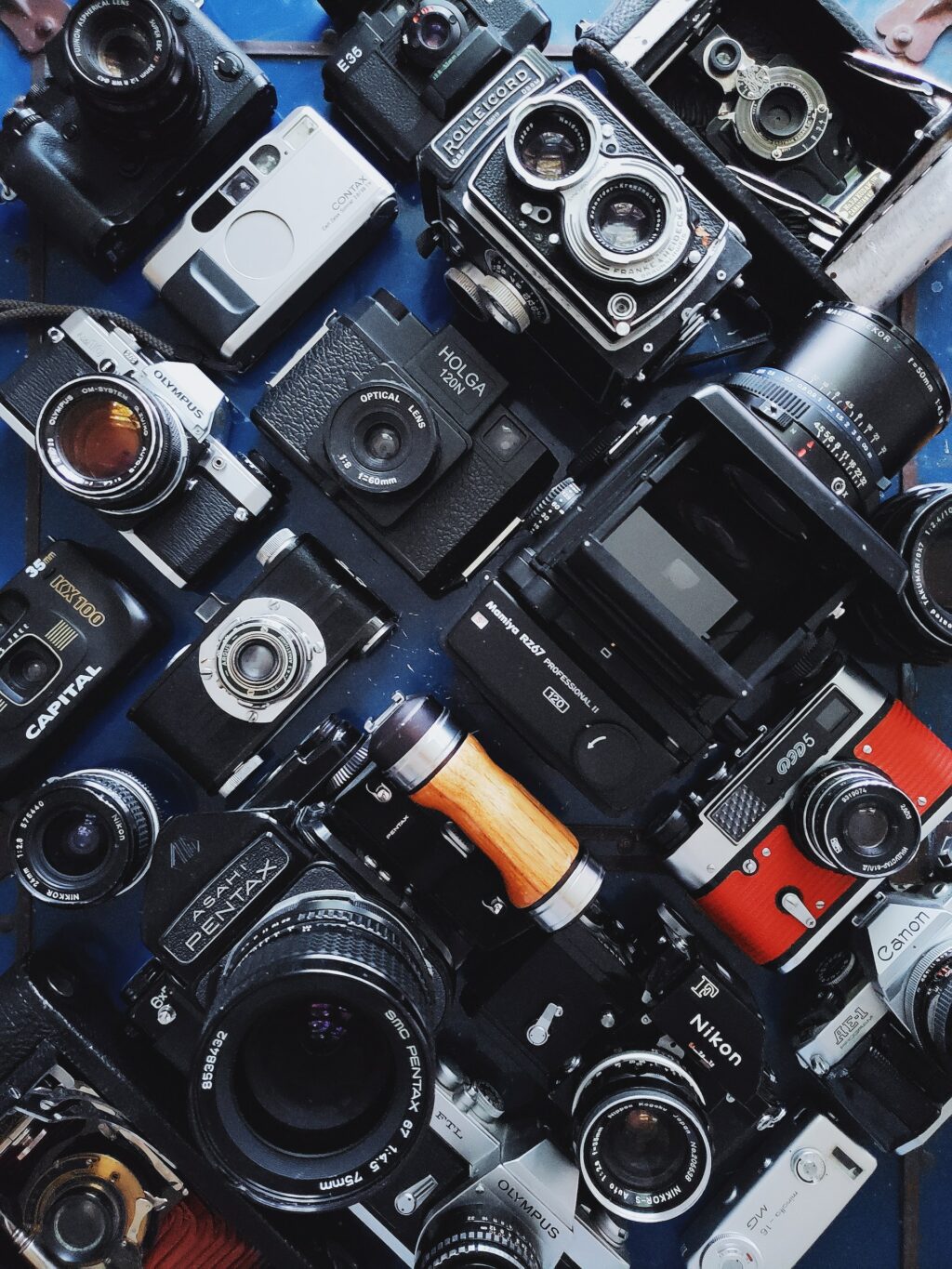
1 Comment
A big advantage of a square filter is the use of split and graduated neutral density filters. After you can put the clear and darkened areas where you want to place them. With a screw in filter, you have to match your composition to the filter.